
What does the future look like for Tokyo’s residential market?
Find out more about the various factors impacting the market performance.
The Tokyo residential market remains on a growth trajectory according to a Savills report, with rental increases recorded in both C5W and 23W. The rental growth is supported by favourable net migration across the majority of the wards, driven by the influx of foreign nationals.
Net migration into the 23W has also continued to hit new highs, indicating a solid demographic trend that supports residential demand in the area.
Here’s more from Savills:
While remote work appears to remain as an incentive, especially among larger companies, the overall trend appears to have scaled back somewhat. Presently, a majority of companies appear to require office attendance to at least some extent, meaning that most employees would prefer to live within a commutable distance from the office.
Starting in April 2025, Japan's revised Building Energy Efficiency Act will extend mandatory energy efficiency standards to all residential buildings, and for new houses and buildings built from 2030 to meet Net Zero Energy Houses or Net Zero Energy Buildings standards. Construction costs will likely increase as a result, pushing rents up, although such new units are likely to be welcome by the market as these energy efficient features would curb high energy costs.
Overall, on top of the encouraging migration trends, the consistent increments in average rents across the 23W are underpinned by solid economic fundamentals, including robust wage growth driven by thriving corporate profits, and this positive trend is expected to continue. That said, wage growth is not equally distributed, with larger corporations generally seeing disproportionately larger increments.
In addition, younger and higher skilled professionals also appear to enjoy even bigger increases. As such, rental growth in the 23W could see some divergence, subject to typical tenant profiles of surrounding submarkets.


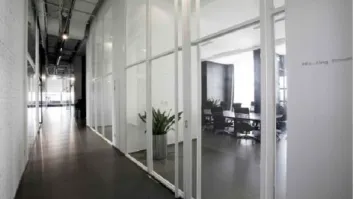
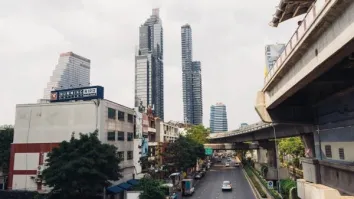
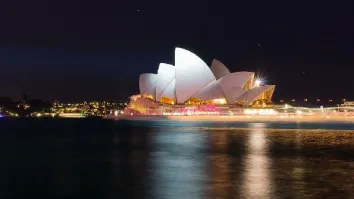
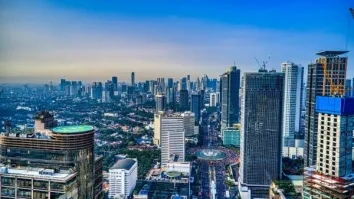

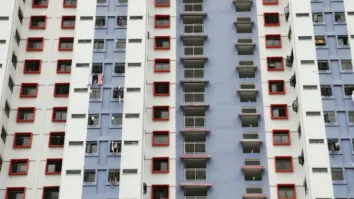





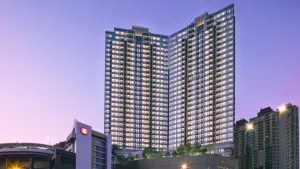
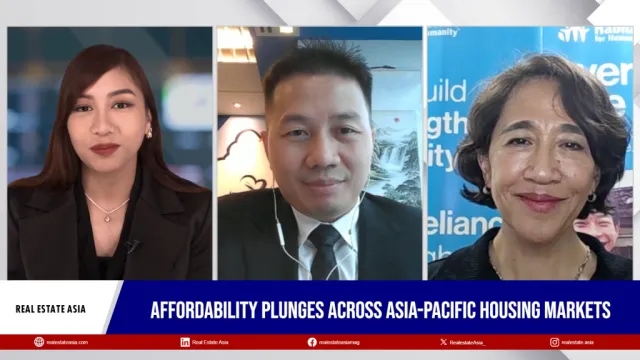
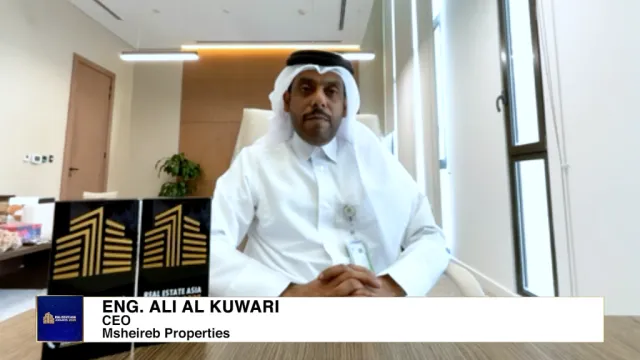
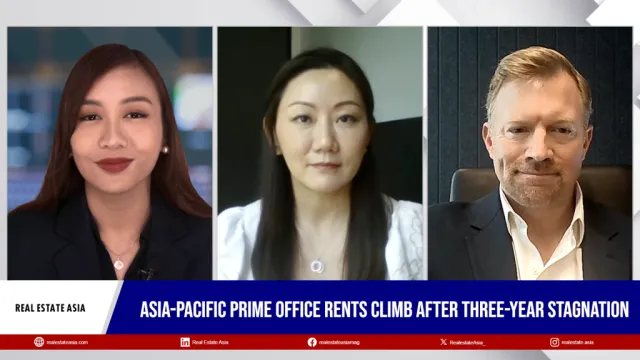

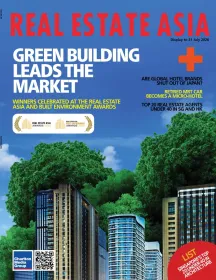
 Advertise
Advertise





